As I finished steaming these buns earlier today, my husband walked into the kitchen hungry:
“Here! Try one of these,” I said.
“You made Baozi?” he asked.
“No, these are Nikuman,” I explained.
As he bit into one, he remarked, “No. These are Chinese. These are Pork Baozi.”
“No they aren’t. They are Nikuman. It’s a Japanese bun. This isn’t a Chinese recipe!” I explained.
“Same thing,” he mumbled, his mouth full.
So there you go. Apparently what I call “Nikuman”, he calls “Pork Baozi”… and they are (apparently) the same thing! Whether you call it the first or the latter, they are always better fresh. You can buy them frozen at the Asian market… but it just isn’t the same. Why not make them yourself at home?
A few months back, I perfected my “bao” dough recipe using common American style flours that you can find at the regular supermarket. But if you have access to an Asian grocery store and can find “Hong Kong flour” – use that instead. Hong Kong flour is bleached and has a slightly lower protein content than your average all purpose flour and yields slightly better results. If you can’t find it, don’t worry! My recipe for the bao dough (using a combination of cake flour and all purpose flour) is a pretty good substitution, and you won’t be able to tell much of a difference. Use bleached (not unbleached) all purpose flour for the best color and texture. (Bleached flour will yield whiter buns, and has slightly lower protein content than unbleached.)
When I make these, I always end up with too much filling. But I prefer that, because I then freeze the raw leftover filling (tightly wrapped in plastic wrap), and will defrost it to use another day. My Zojirushi Bread Machine can only make enough dough for 10 buns – otherwise it will overflow… which is why my dough recipe is only for 10 buns. On the other hand, my filling recipe will make enough filling for 20 buns (It’s just easier that way – I can use a full 1lb. package of ground pork, and a full 8 oz. package of mushrooms). If you are making the dough by hand, you can double the recipe and make all 20 buns the same day. Or, you can make one batch of dough, then make a second batch of dough immediately after using the bread machine. Or do what I do and just save the other half of the filling in the freezer for next time (defrost in the refrigerator the day before you want to make Nikuman again).
Nikuman Dough (for 10 buns):
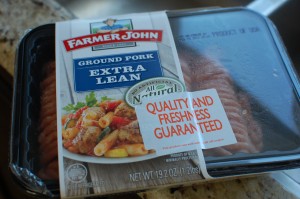
You can buy extra lean ground pork at the supermarket - which gives a healthier pork bun. If you want a more juicy bun, choose ground pork with a higher fat content.
- 1 1/2 c. all-purpose flour (bleached if possible)
- 2 1/4 c. cake flour
- 3/4 tsp. salt
- 1 T. active dry yeast
- 3/4 tsp. baking powder
- 3 T. sugar
- 2 T. canola oil
- 1 c. water
Nikuman Filling (for 20 buns):
- ~1 lb. ground pork
- 8 oz. mushrooms
- 2 tsp. canola oil
- 3 green onion stalks, chopped
- 3 large napa cabbage leaves
- 2-3 cloves garlic, minced (about 1 T.)
- 1.5″ piece ginger, grated (about 1 T.)
- 2 T. sugar
- 4 T. soy sauce
- 3 T. sesame oil
- 2 T. cornstarch or potato starch
- 1 tsp. sea salt
- 1/2 tsp. black pepper
- 1/2 tsp. Ajinomoto (optional)
1. First make the dough. I use my Zojirushi Bread machine to make things easy – Put the water, oil, sugar, and salt in the bottom of the pan. Top with the flour & baking powder. Make a little depression in the flour, and place the yeast in the depression. Set the bread machine to “basic dough”, and allow it to knead & rise until the dough is ready for use.
(Note: This dough recipe will make 10 buns, while the filling recipe will make 20 buns. My bread machine will not make a double batch of dough – it will overflow – so I either do it in two stages, or I save the other half of the filling for another day.)
You can double the dough recipe if you want enough dough for 20 buns and don’t mind making it by hand – mix & knead, then allow to rise 1 – 1/2 hours in a warm place.
2. While the dough is being prepared, clean and slice the mushrooms into small thin pieces.
3. Heat the oil in a wok or frying pan, and saute the mushrooms until soft.
4. Use a paper towel to soak up the liquid that comes out of the mushrooms and discard. (Or just drain.) Let the mushrooms cool.
5. Meanwhile, using a Japanese ginger grater, grate a peeled piece of ginger until you have about 1 T.
6. Mince the garlic fine, and chop the green onions. (See the small plastic package on the top right of the photo below? They now sell vacuum packed peeled garlic cloves in the produce department. They also sell tubes (like toothpaste tubes) of garlic paste and ginger paste in the same section – just in case you don’t have time (or energy) to peel and grate whole ginger or garlic yourself!)
7. Discard the thick white stem of the cabbage, and finely shred the leaves – you will need about 2 c. of shredded cabbage.
8. Mix the ground pork, ginger, garlic, green onions, and cabbage in a bowl.
9. Add the mushrooms and the rest of the seasonings, mix thoroughly. (At this point, you will want to taste the filling to make sure you have enough flavor – but it’s not safe to taste it raw! To check, take about 1/2 tsp. filling and microwave in a small custard cup for 30 seconds until completely cooked. Then taste. Adjust seasonings if needed.)
10. Cover and refrigerate the filling until needed. When your dough is ready, set a large steamer filled with water on the stovetop to boil. (If you are planning to make only 10 buns, you can refrigerate or freeze the remaining filling for another day. If you plan to make all 20 buns, start another batch of Nikuman dough in the bread machine. The reason why I usually don’t make a full batch of 20 buns is because: 1)My bread machine will not make a double batch of dough… it will overflow! 2)We can’t eat that many Nikuman before they go bad, so I save half the filling for another day – and then all I have to do is defrost it, and make only the dough.)
11. Set the dough onto a floured counter top. Cut the dough in half. Set one half aside.
12. Cut the piece of dough into 5 even pieces.
13. With your hands, flatten each dough piece into five 5″ circles.
14. Divide your filling in half, put the other half back into the refrigerator (or freeze). Portion the filling that you have left out into 10 balls.
15. Set one ball of raw filling on top of one dough circle. Moisten the edge of the dough circle with a little bit of water (to make the dough stick).
16. Pinch up the corners of dough so that you have a cross on top. (Picture a clock dial: pinch the 12:00 edge into the 6:00 edge, then pinch the 9:00 edge into the 3:00 edge.)
17. Now pinch up the diagonal corners into the already formed cross, twisting the middle slightly.
18. Flatten some paper cupcake liners and spritz with a puff of non stick spray. Place one uncooked Nikuman onto each cupcake liner. (I find these are easier to use than cut squares of waxed paper – but you can use waxed paper if you don’t have cupcake liners.)
19. Place 5 buns into the steamer, and cover. Steam for 15 minutes. (While this batch is steaming, use the other half of the dough to make 5 more buns.)
20. Remove the lid quickly so that the water does not drip onto the top of the Nikuman.
21. Serve hot. Refrigerate the leftovers. To reheat, wrap in a damp paper towel and microwave 30-60 seconds.

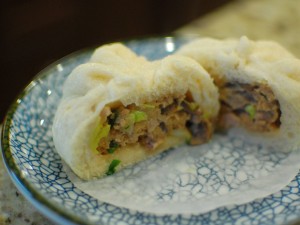
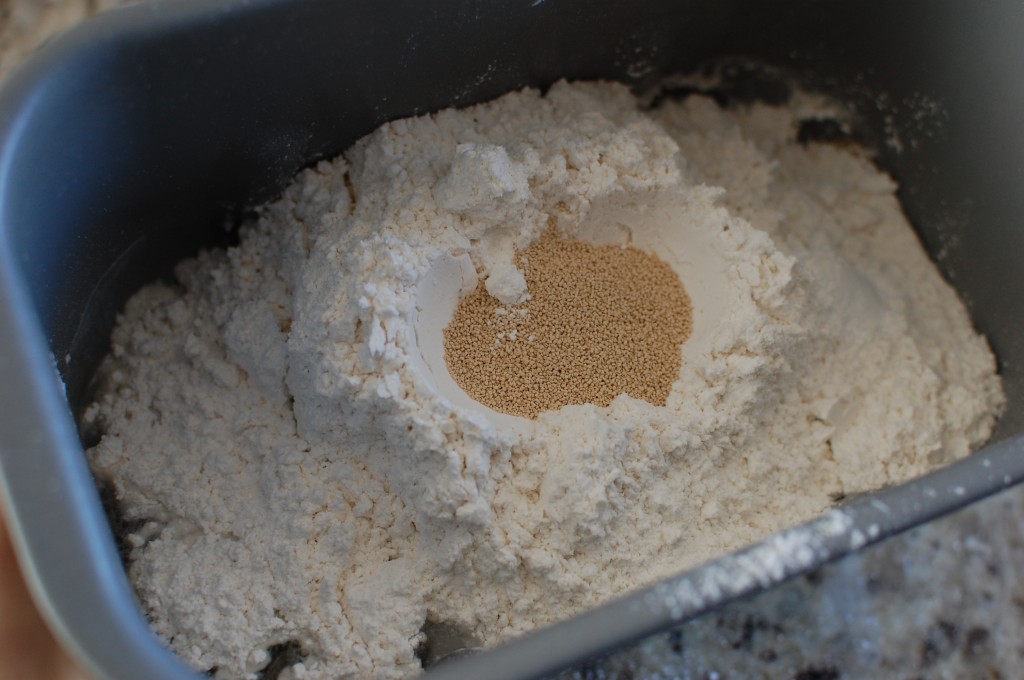
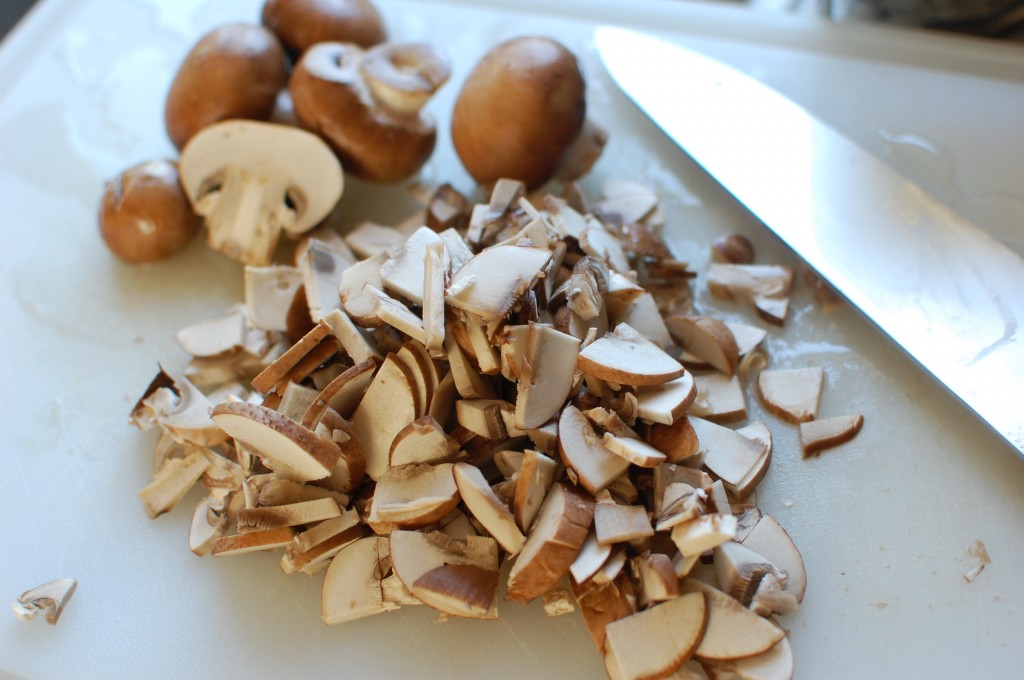
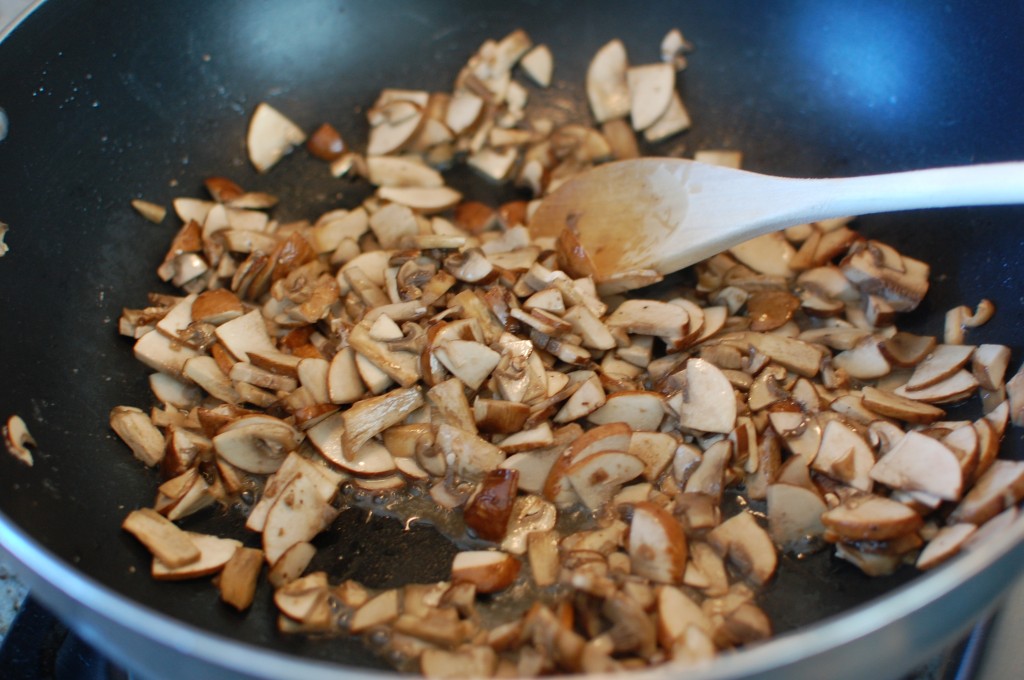
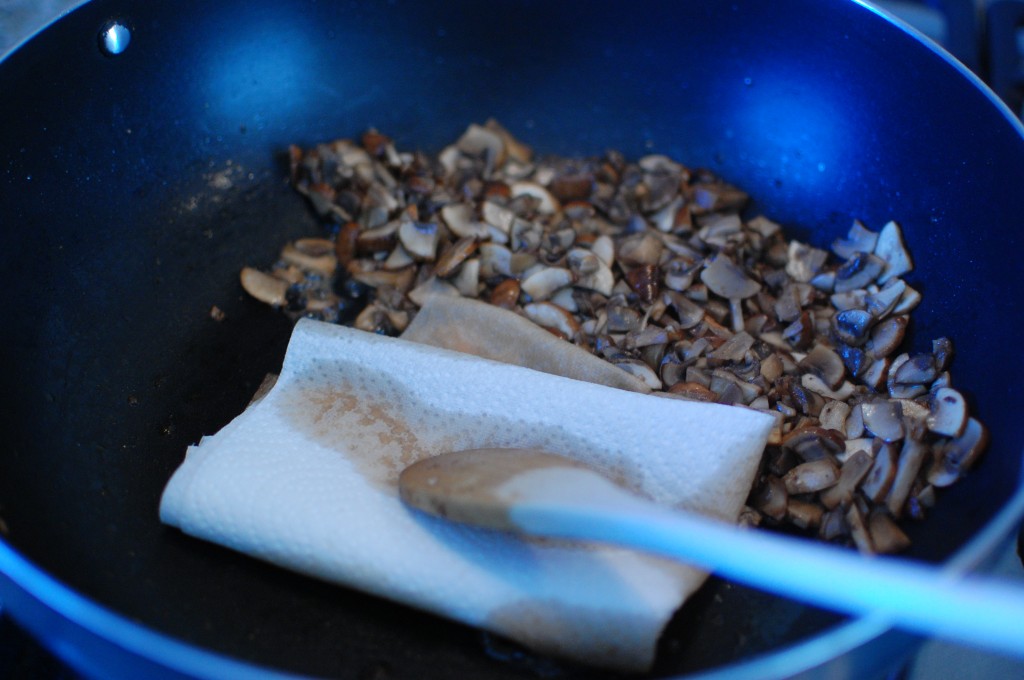
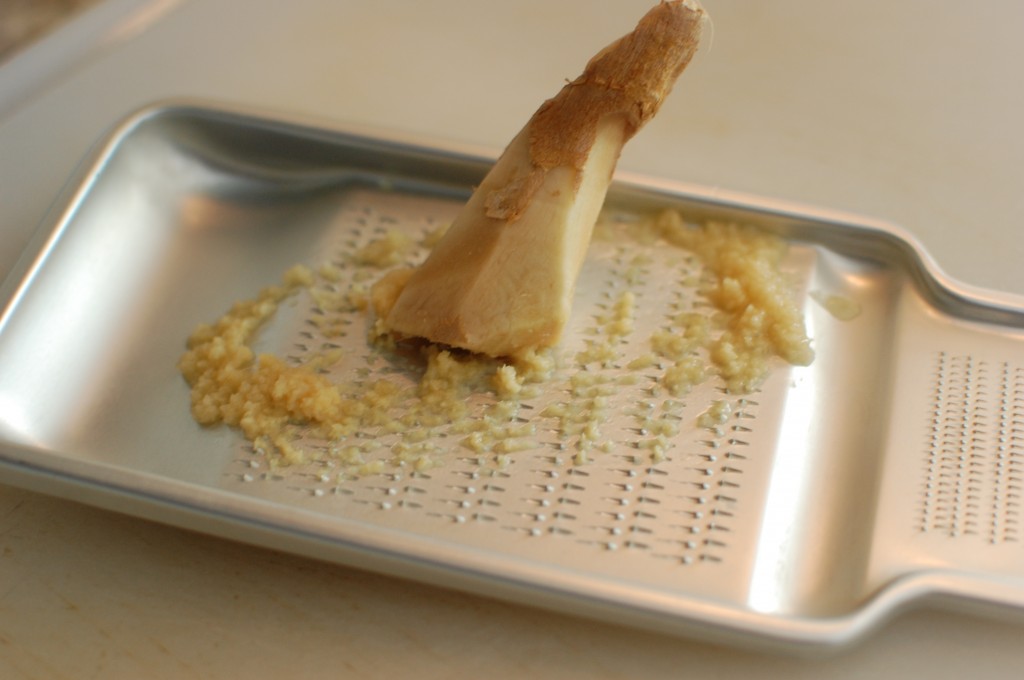
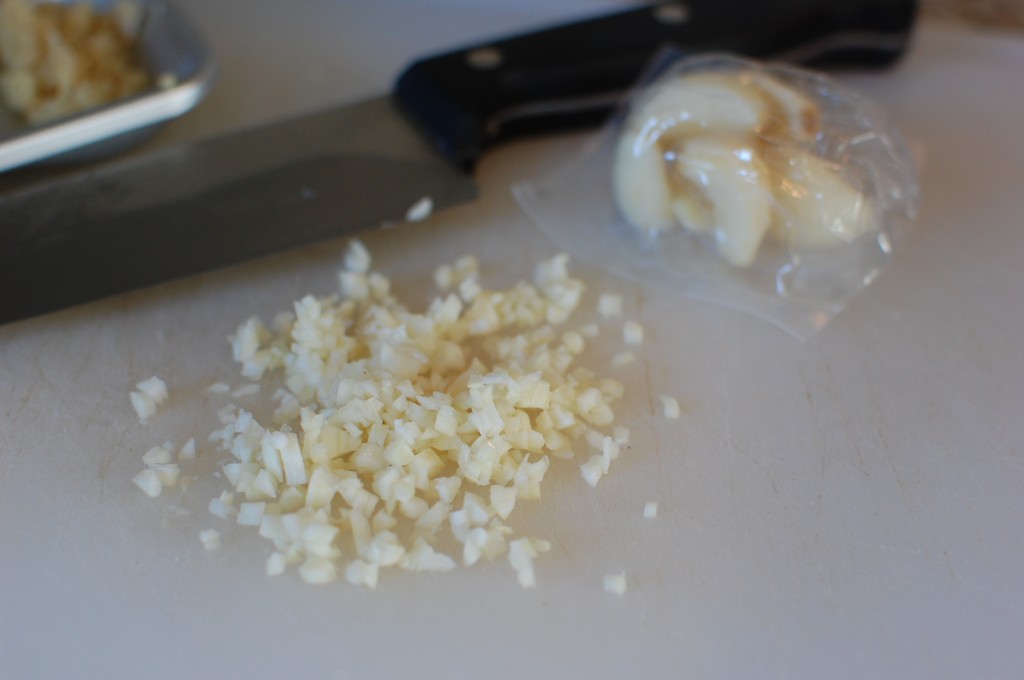
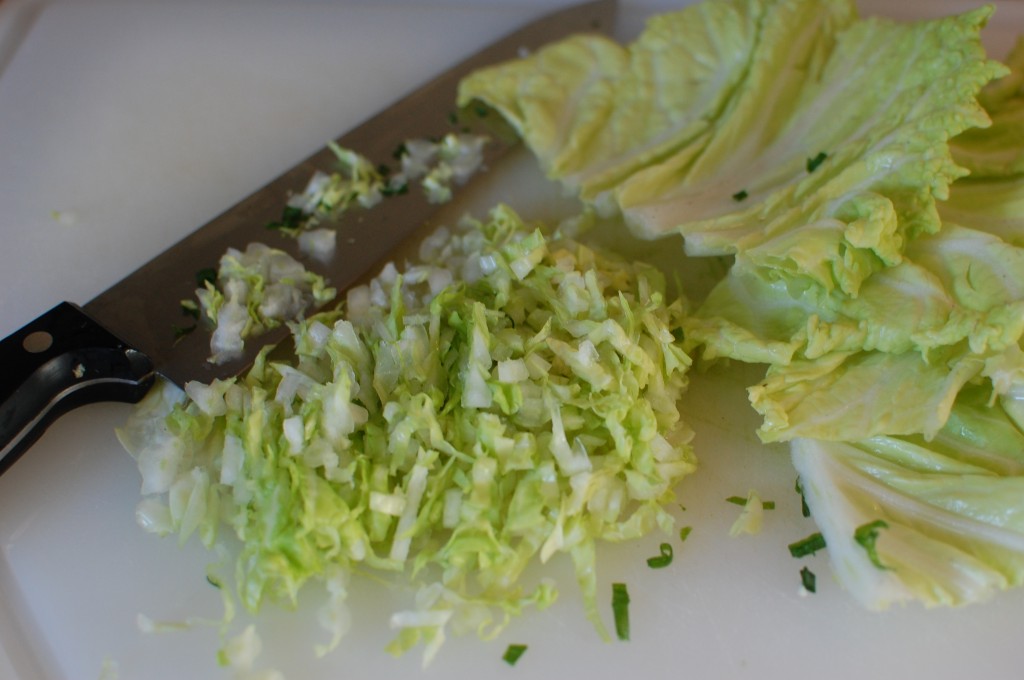
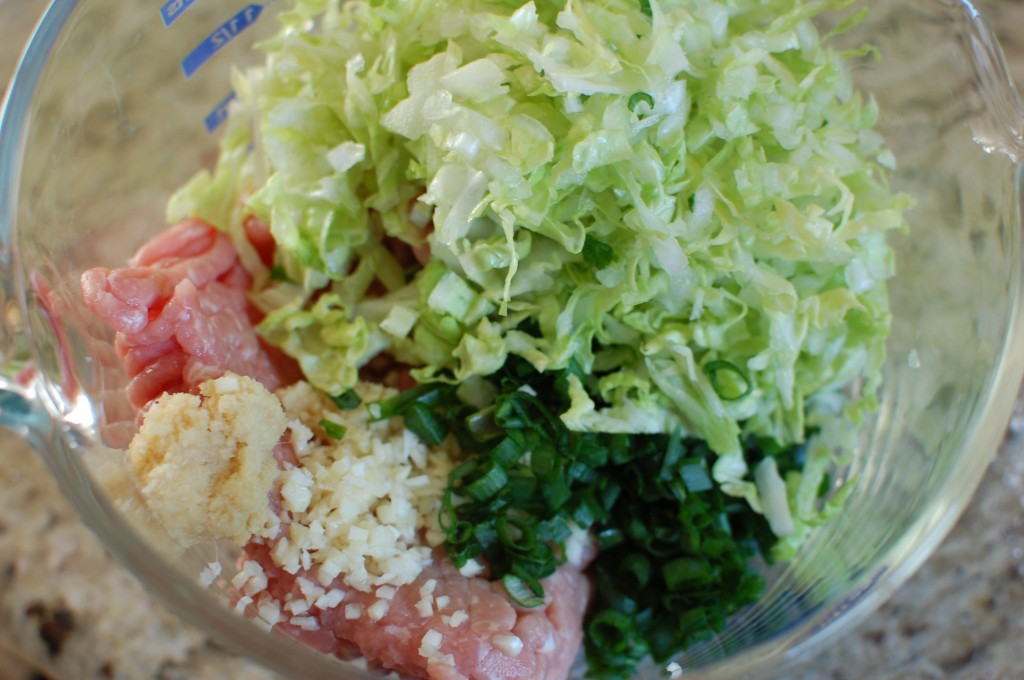
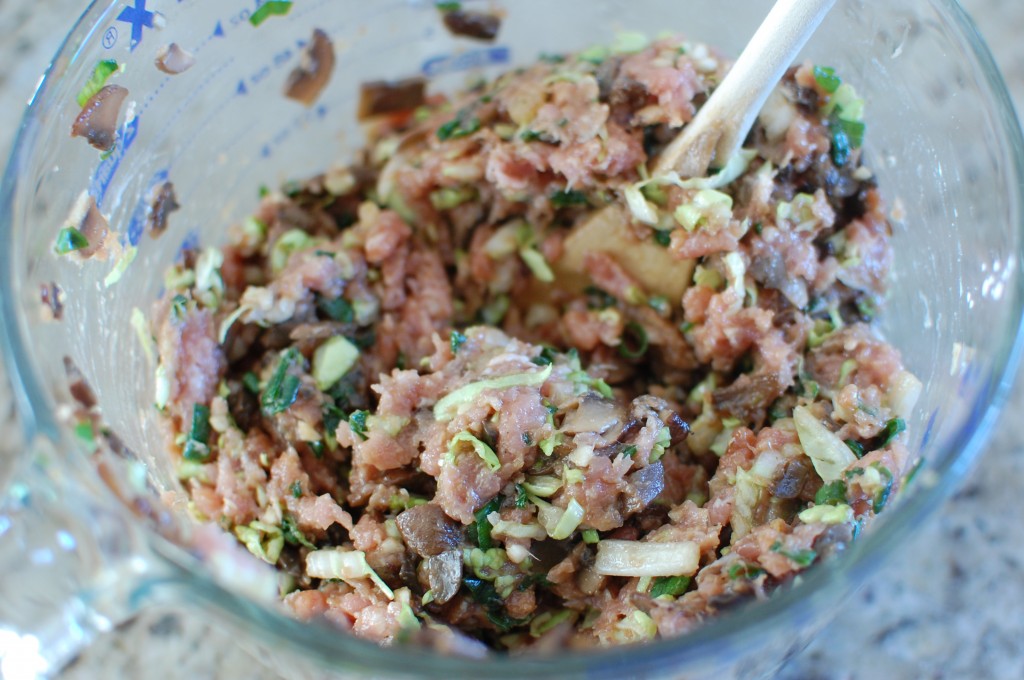
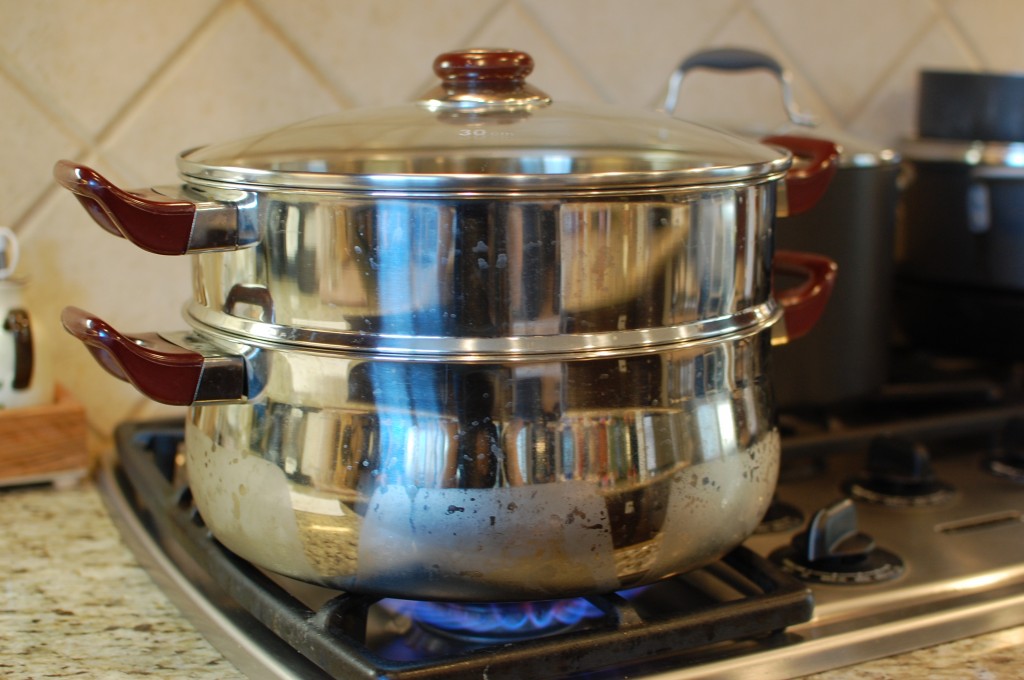
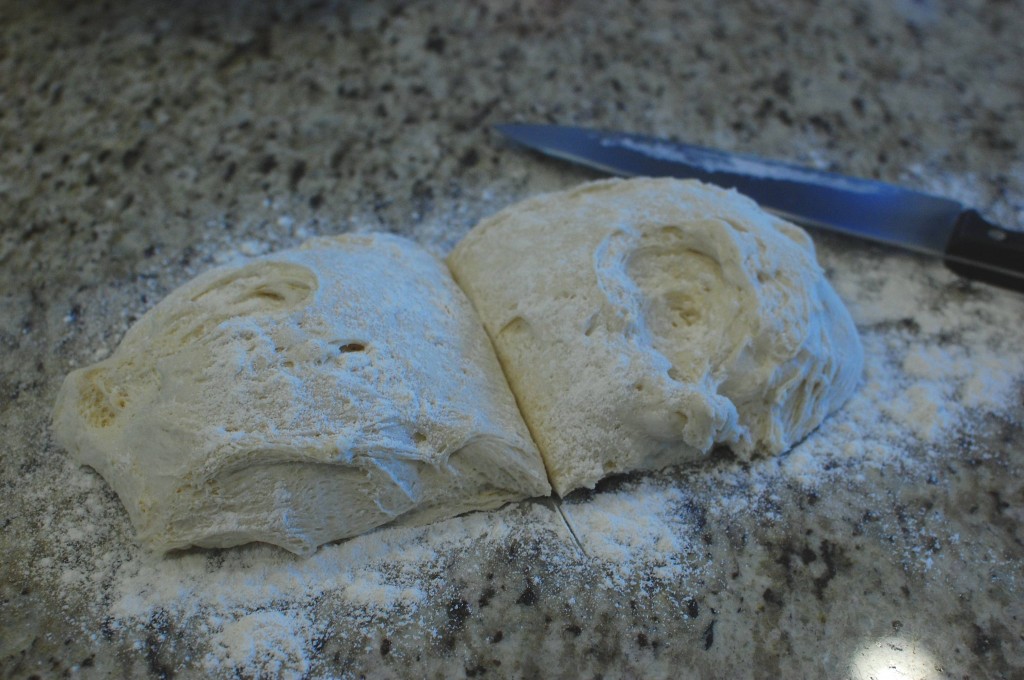
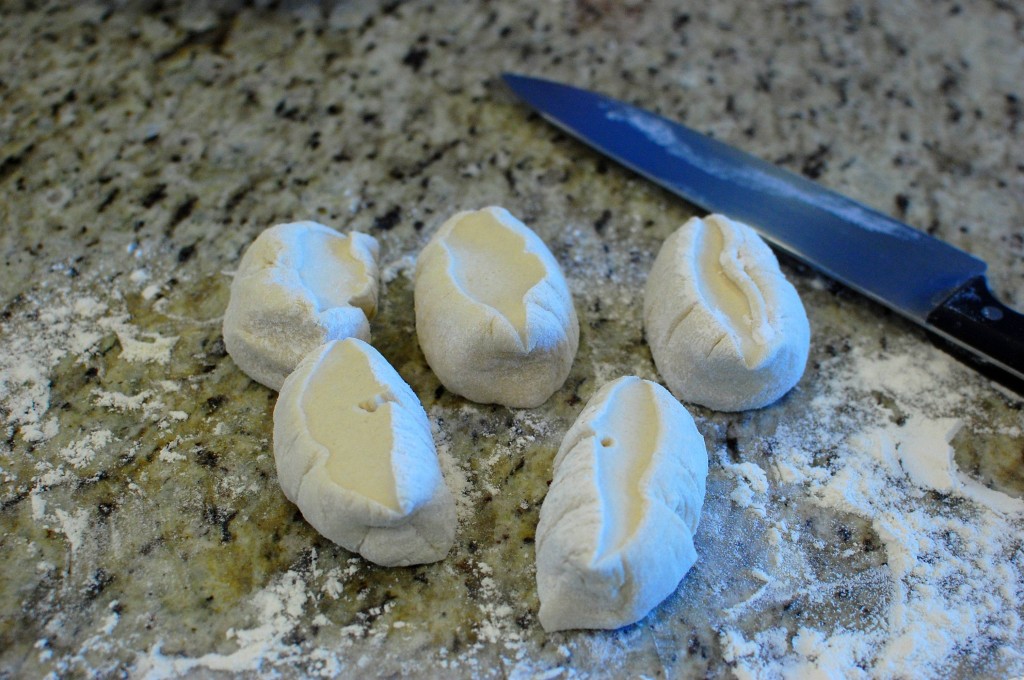
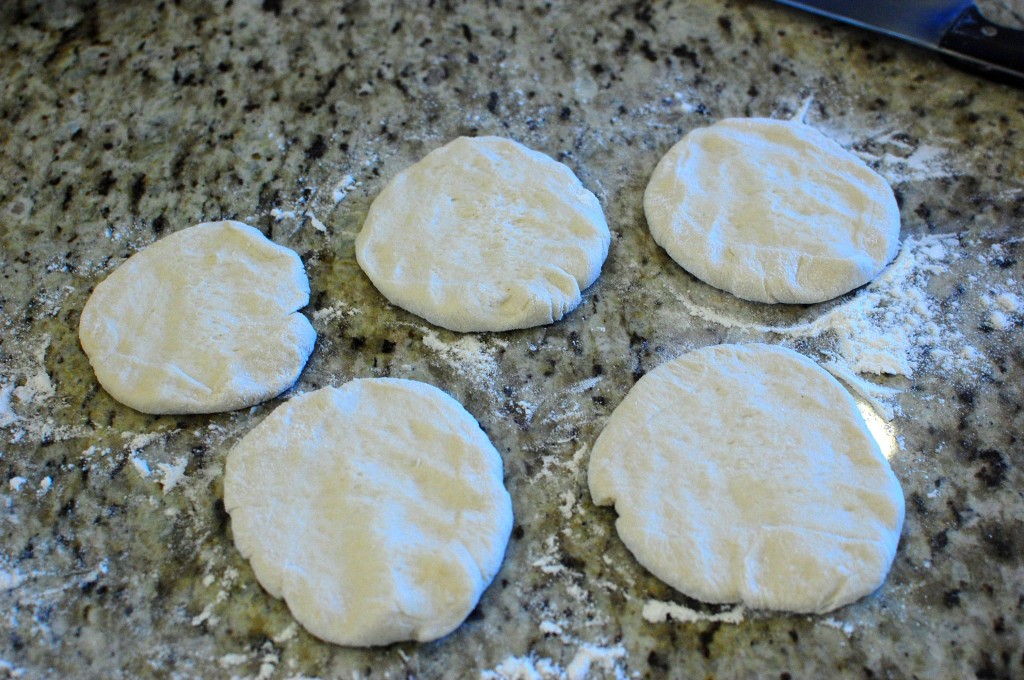
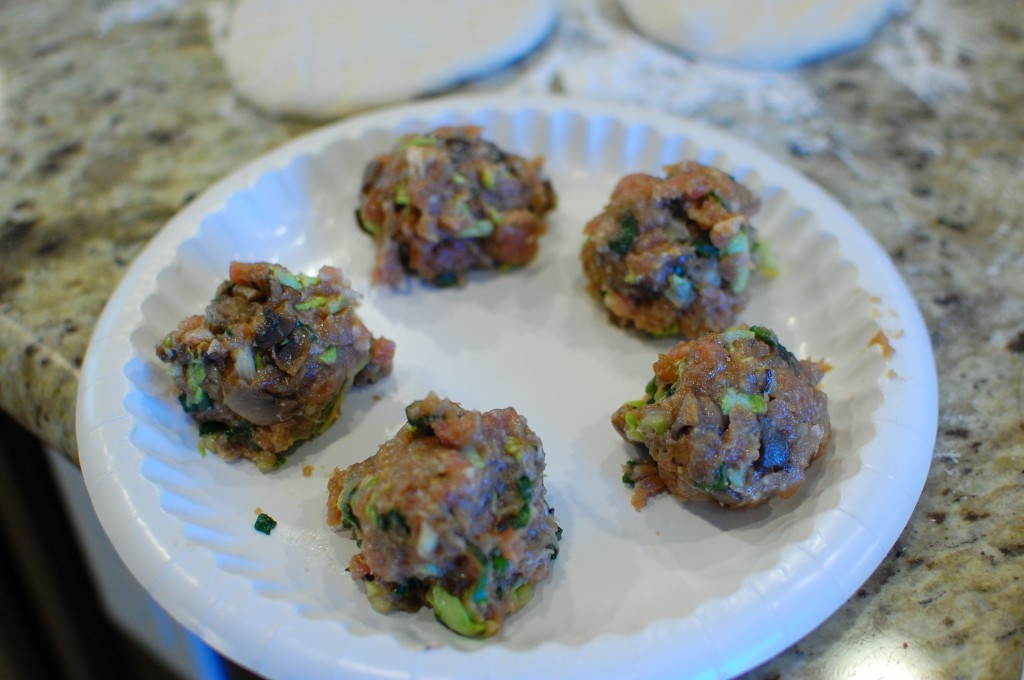
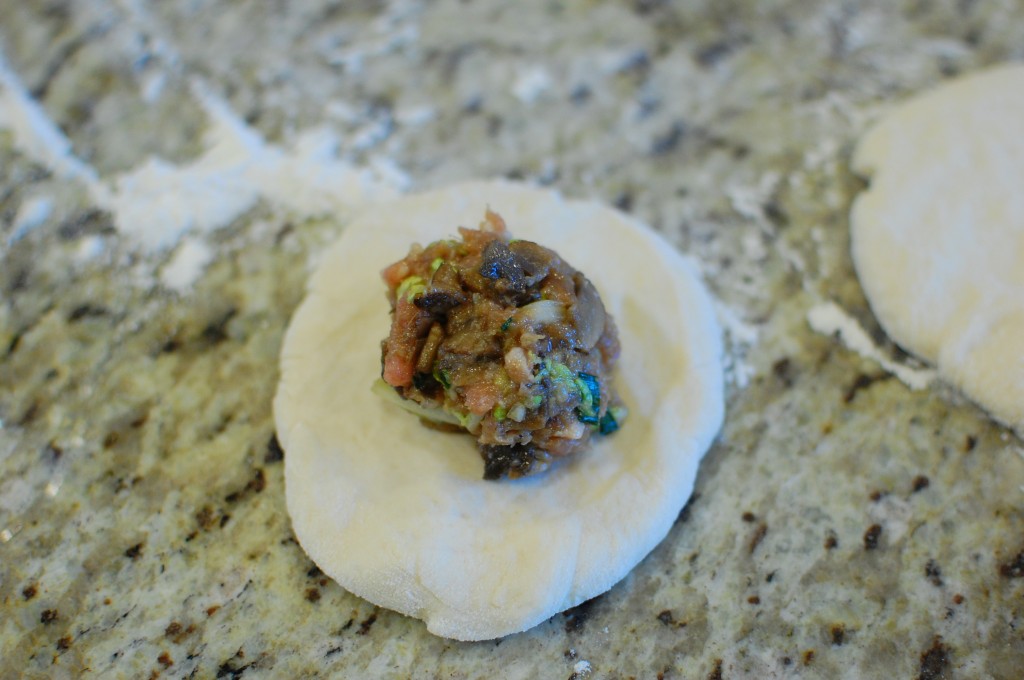
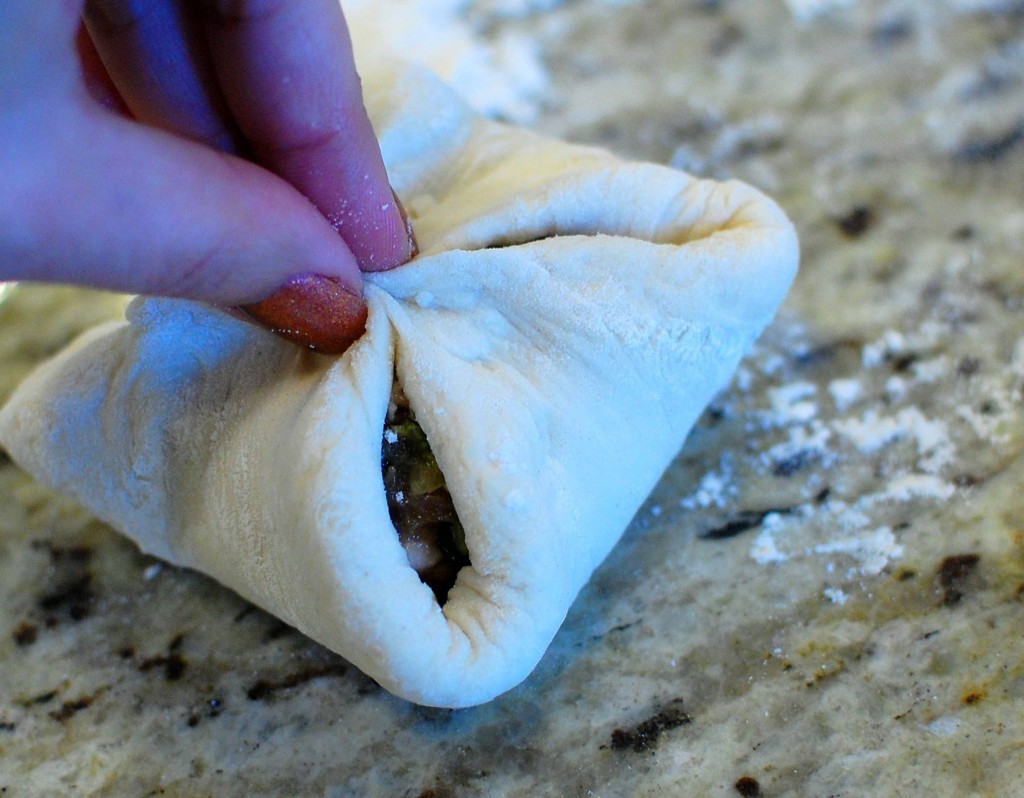
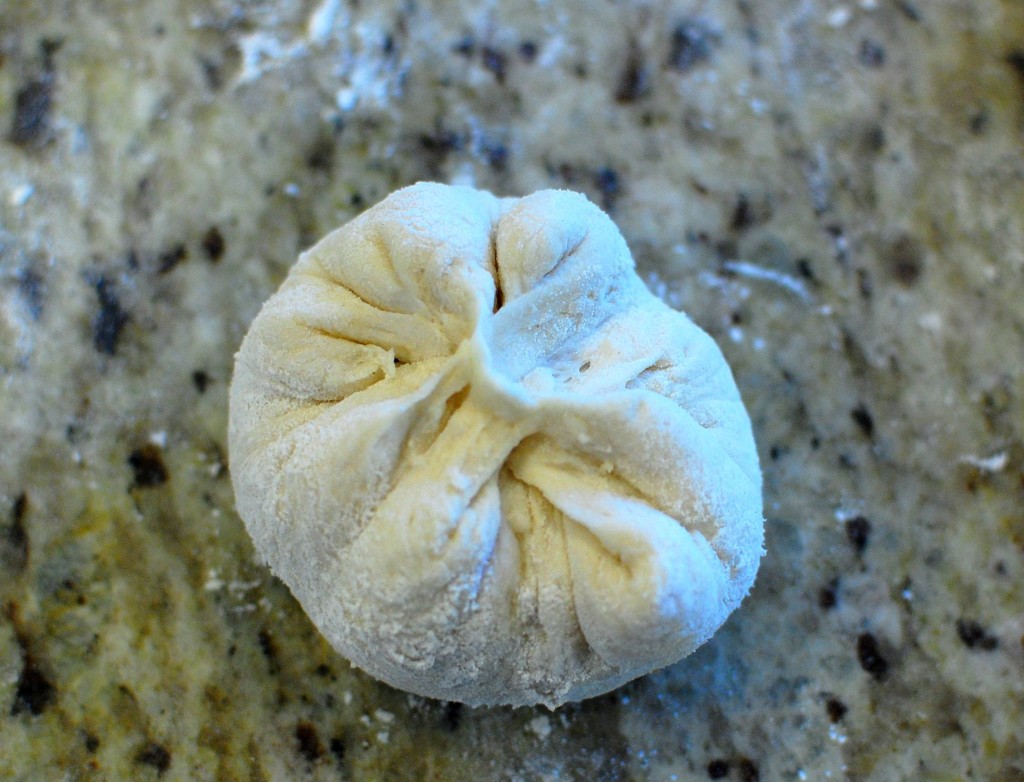
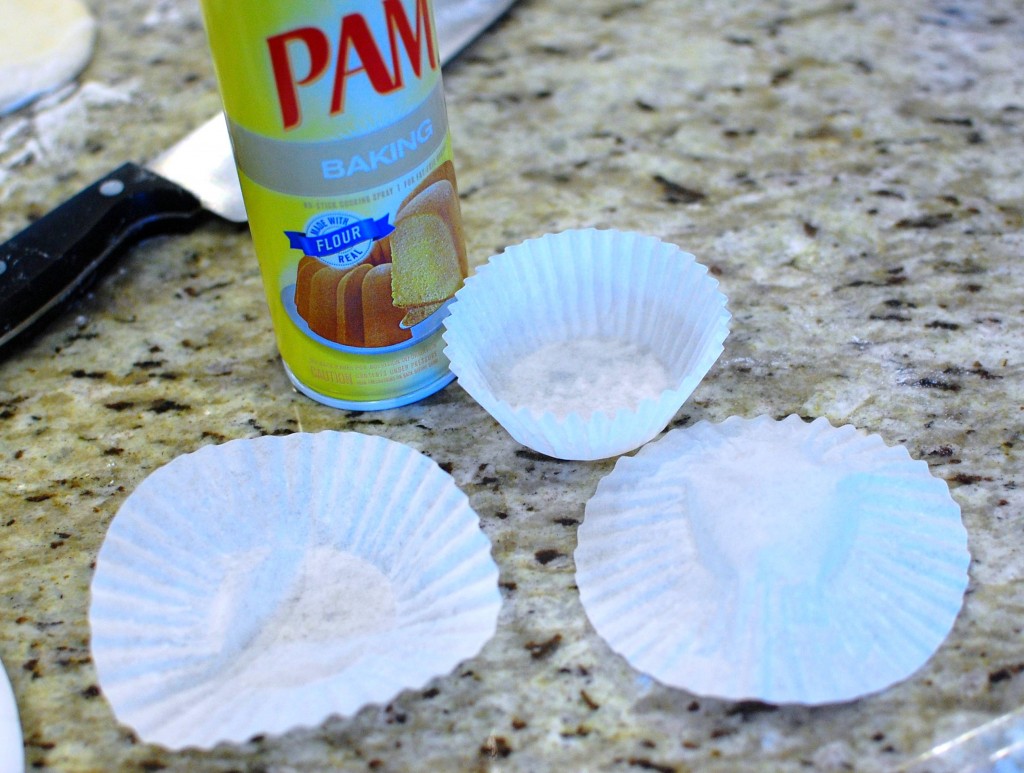
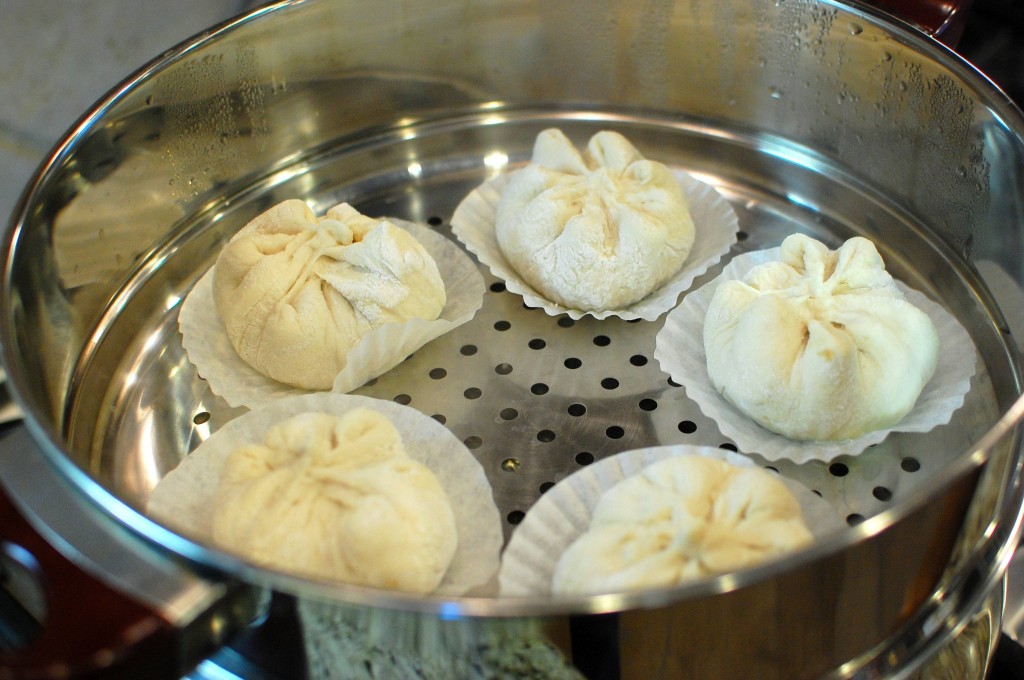
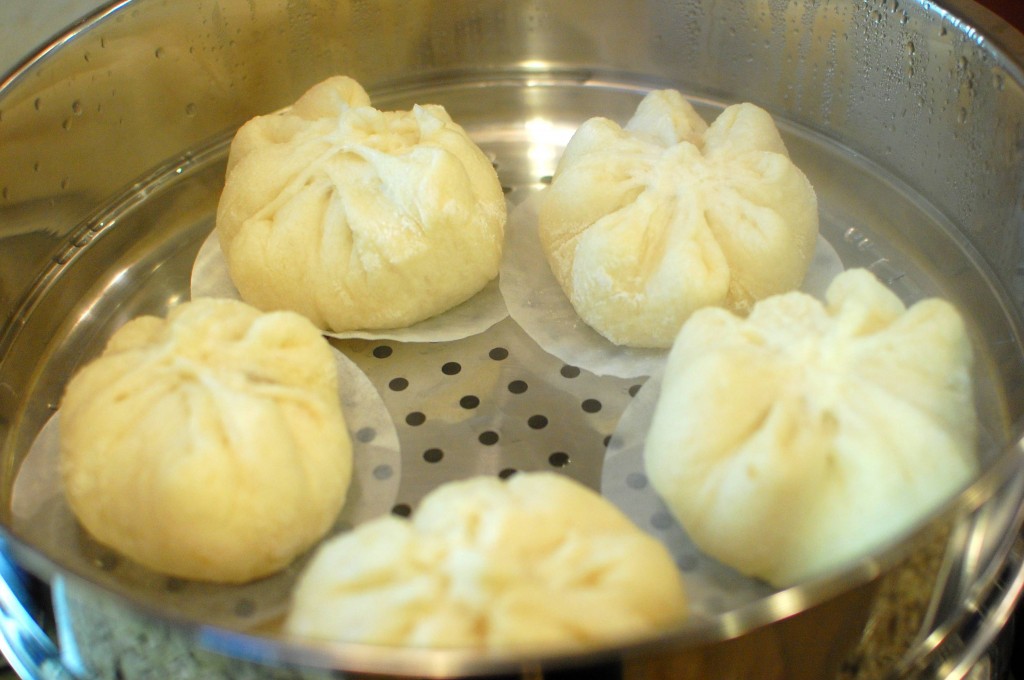
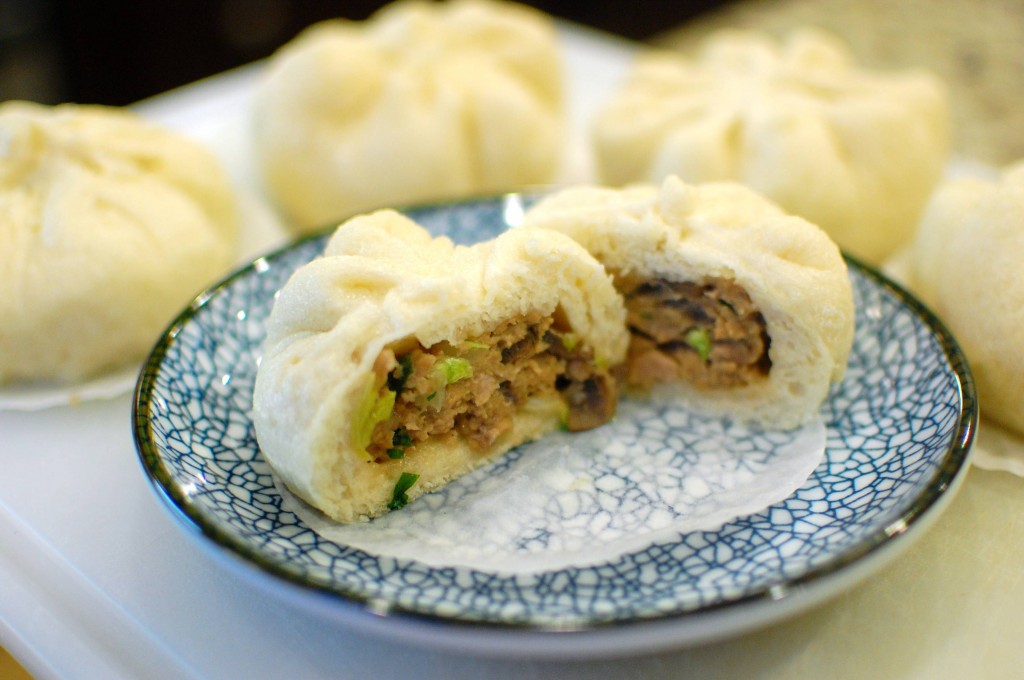


Oh my!! Can’t wait to try this… Thank you )
)
Just did a pig roast with a hawaiian theme, and if your in hawaii its called “manapua”. lol
How funny! I guess everyone has their own name for the same thing…
in the philippines, we’d call that “Sio Pao”. (most chinese settlers here are from the fujian province so most people speak hokkien)
Cool! I wonder how many more cultures have the same type of pork bun… Small world, isn’t it?! Lol.
hi mika, i couldn’t find it on your great site, do you have a recipe for chinese barbeque pork buns? steamed or baked? thank you!
Not yet, but you can use this dough recipe (Nikuman bao dough) to make BBQ pork buns (if you already know how to make the BBQ pork filling).
Do you have suggestions on how to make the bbq pork filling?
No, sorry I don’t have a recipe for that.
I have an exact same Japanese ginger grater! However, I find it very hard to get the grated ginger or citrus zest out from there. I’ve tried using a spoon, chopstick, even a brush! Have you got any tips?
Hi Lily,
You probably won’t be able to get all of the ginger out of the grating plate (especially the little fibers or hairs that like to stick to the prongs). But I find that as I’m grating back and forth, I use the ginger root to “push” the grated ginger into the (smooth) little depression as I go… which makes it easier to remove at the end.
(And when cleaning, it helps to rinse the ginger with strong water pressure, and use a brush instead of a sponge.)
Yup, these are exactly the Chinese Baozi which i make often. I am Chinese .lols
Could you also use beef or maybe even chicken instead of pork??
I have made these in the game Cooking Mama and would like to try these but I’m not allowed to eat pork.
Of course! You can pretty much use any ground meat that you want… ground beef, chicken, turkey… whatever. You can even grind the meat yourself in a food processor.
Just keep in mind that certain cuts of meat may be leaner than others, so if you are using a very lean cut of meat and want your filling to be juicier (fat makes it juicy), you might want to add a little bit of extra oil to the filling or even a tablespoon or so of fat – like lard, suet, or chicken fat. (Obviously, you wouldn’t use lard if you can’t eat pork.)
Hi Mika,
I’m Vietnamese and we call this “banh bao” … Hihihi … Anyway, I have tried your recipe and it has been a big success for me… The dough is soft and fluffy, even after a whole week in the fridge. However, I find that the dough is just a bit chewier than the store-bought version (the good store-bought version). It still tastes great and I guess some folks may prefer it this way … But I thought I’d ask you whether there is any modification I can apply to this recipe to slightly decrease the degree of chewiness?
Thank you so much for your help.
Christine
Hi there! It’s so funny how ever culture seems to have a version of this bun!
To answer your question, it depends on what flour you use. Higher protein flours will cause more gluten to develop, for a chewier dough. Lower protein flours will cause less gluten to develop, for a more tender and soft (less chewy) dough. So my advice would be to make sure you are using a lower protein BLEACHED flour. Some all purpose flours are unbleached and higher in protein (like King Arthur)… and are better for making loaves of bread, but not for soft steamed buns. Other all purpose flours are bleached and lower in protein (like White Lily) and are much better for applications such as this one. If all else fails, try using all cake flour (which is a much lower protein bleached flour). Hope this helps!
Happy New Year Mika,
I took your advice and used 3 cups cake flour and 3/4 cup APF … The buns came out perfect!!! I couldn’t be more satisfied … Thank you!
Christine
Great! Glad it worked out!
Mika,
If I’m going to knead the dough using a standing mixer, how long do you think I should knead it for? Thanks!!
Probably about 10 minutes or so? I’ve never used a stand mixer to make the dough, so you may have to experiment a bit.
I just wanna know if you T means tablespoon or teaspoon
Hi there!
“T” (capital letter T) is the standard abbreviation for “tablespoon”
“tsp” (lower case tsp) is the standard abbreviation for “teaspoon”
See my post (below) for pictures and more information:
http://www.the350degreeoven.com/2013/09/cake/baking-101-the-basics-of-baking-tips-for-successful-baking/
Trying this as we speak using my bread maker to knead and mix it and following the recipe exactly hope it comes out well. I will probably improvise of the filling. Hope it comes out well. Super excited though!!
Hope it turned out well for you!
Hi Mika,
It seems that there isn’t enough water for dough. My dough turned out heavy, but it was still edible.
Actually, there is quite enough water in the dough… Are you reading the measurements correctly? Did you stir up the flour and scoop it loosely to fill the measuring cups or did you tamp down the flour in the cup? If your yeast were not active (dead), then I could see the dough turning out heavy if it didn’t rise properly…
I measured correctly and as soon as it started mixing in my bread machine I already knew it looked like there wasn’t enough liquid….it’s ok …it was still ok to eat
That’s very strange… I’m not sure why that would be.
Hi mika, I’m determined to make these buns work so I made them again, and they turned out delicious, the bun was plump and delicious, I just made sure this time that the flour measurements were measured correct and not over, and they were perfect buns, thank you for the recipe, so yum I’m eating one now that I’ve had in fridge and as per your instructions, heated in micro for one minute, yum yum, I’m going to have a second one and my husband loves them too!
I’m eating one now that I’ve had in fridge and as per your instructions, heated in micro for one minute, yum yum, I’m going to have a second one and my husband loves them too!
Glad to hear it!
Looking for a Japanese bread recipe, soft inside, crusty outside. Not sure if milk bread is the same thing. Thanks
This is a soft/fluffy Japanese bread. Most Japanese bread is not crusty on the outside though…
Hi Mika, with a group of friends, we made the Buns and they came out perfect; now, my family wants to make them with me, and I am somewhat nervous that I might not quite replicate the past successful experience with my group of friends).
One of the concerns that I have is the measurement accuracy. Would you have the measurement in grams or oz (vs. cups). Thanks
I’m sorry, I don’t have the weight measurements. But if it helps, 1 US “cup” = 237mL.